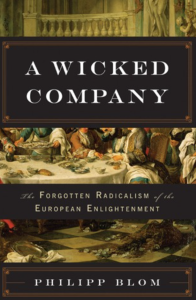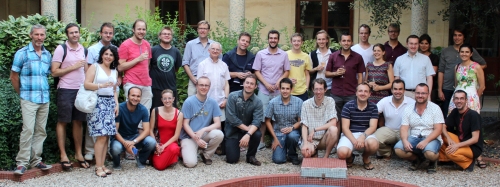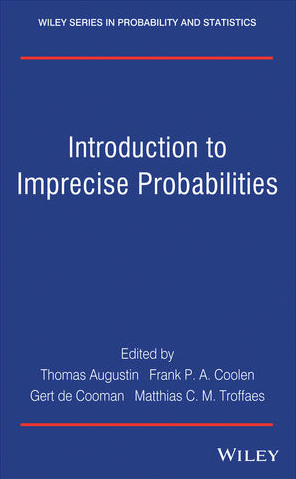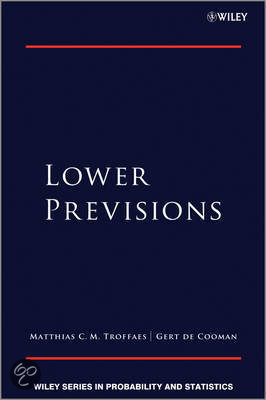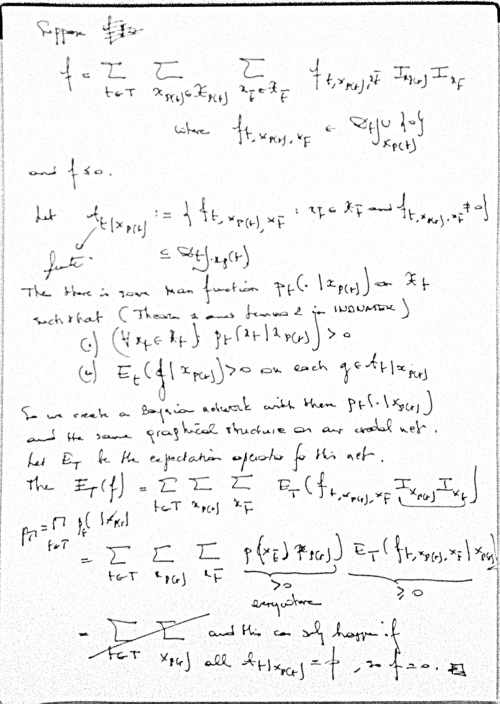A short laudatio for Glenn Shafer as a Sarton medallist
My first scientific romance — call it an infatuation, I was 15 at the time — was astronomy, and my first real love was physics, a few years later. But the love of my life is probability. Scientifically speaking, of course.
I came to probability rather late, only after finishing my PhD. And it is because of this, I think, that I have always looked at the field with more distance than people who were trained as probabilists and statisticians. I tend not to confound probability theory with a subfield of measure theory, as is so often done nowadays. I have always been interested in its foundations and ideas, much more than in its immediate successes and applications.
My views on probability theory were strongly influenced by a number of people. People whom I admire, learned a lot from, and consider to be great thinkers.
The first — and I sadly never got the chance to meet him — was Bruno de Finetti.
My second and third teachers were Peter Walley and Teddy Seidenfeld, whom I did get to meet, and became friends with. They taught me a few things: (i) that probability theory is about inference and decision under uncertainty, and (ii) that in probability theory, as in logic, a little knowledge goes a very long way — and with little knowledge I mean partial knowledge, or probabilities that are only partially specified. This runs counter to the mainstream in the field, which, in its methods and formalisms, keeps insisting on complete representations: on sample spaces and completely specified probability distributions. Even though here and there ‘partial’ things cannot be kept from popping up: Markov’s inequality, or martingales, to give only a few important examples.
And so today I get the chance to honour and congratulate my fourth teacher in probability theory — Glenn Shafer. I knew of Glenn when I started my PhD work in 1988 — who in the field hadn’t heard of the Dempster–Shafer theory of belief functions at the time! But it wasn’t that part of his work that caught my attention. What made me prick up my ears was the discovery of his 1996 book The Art of Causal Conjecture, in 1997, in a small bookshop in Los Alamos. This book prepared me for the appearance of another book called Probability and Finance, It’s Only a Game! Glenn published this book in 2001 with Volodya Vovk. These two books made me combine their dynamical ideas with the partial probability specifications that I had been working on before. This ‘choc des idées’ allowed me to come up with workable strategies for dealing with partial probability specification in dynamical systems, one topic that is now taken further by my research group here at Ghent University.
But there is more. Much more. There’s more because the language, the formalism and the methods of the Probability and Finance book are strange. They seem very strange to the ears and minds of people trained in probability theory: people steeped in the formalism and approaches of measure-theoretic probability. In fact, they were perceived to be so strange that a number of established figures — measure theorists and functional analysts — famously failed to see their significance and potential. Why? Because the probabilistic arguments in this book seem far away from Pierre de Fermat’s idea of full probability specification, far away from sample spaces, and far away from probability distributions. And because the book casts partial probability specification in a formalism that harkens back to Pascal and Huygens’s approach to probability , not to Fermat’s.
And, indeed, this difference in approach brings us to today’s lecture and ceremony, and to my reasons for proposing Glenn Shafer as a Sarton medallist. For not only has Glenn been a productive scholar and historian of probability theory. He has also, in my view, achieved what few of us are able to: to go back to the sources, to delve into the history of scientific ideas, and to re-emerge with ideas that had been dormant, that didn’t quite make it, because of historical or cultural reasons. And then to revive them, to give them a new lease of life, so that they may yet realise their full potential.
It is for this reason, Glenn, that I am very proud and happy that I have been able to play a small role in making you the recipient of this fully deserved honour.
Gert de Cooman, Ghent, 13 December 2018


 Als onderwijsdirecteur van de Faculteit Ingenieurswetenschappen en Architectuur werk ik nauw samen met Rik Van de Walle. Dat geeft me de kans hem vaak van nabij aan het werk te zien.
Als onderwijsdirecteur van de Faculteit Ingenieurswetenschappen en Architectuur werk ik nauw samen met Rik Van de Walle. Dat geeft me de kans hem vaak van nabij aan het werk te zien.

